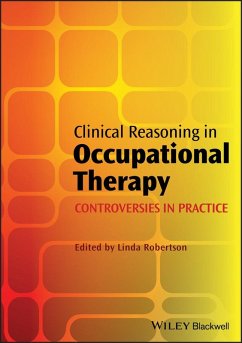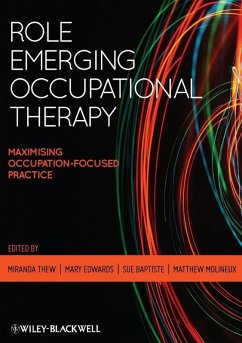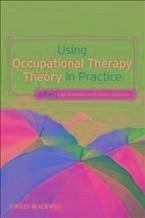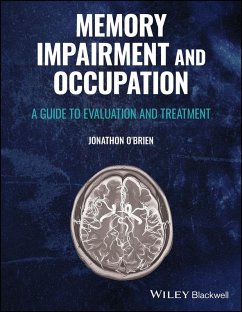
Tyldesley and Grieve's Muscles, Nerves and Movement in Human Occupation (eBook, PDF)
Versandkostenfrei!
Sofort per Download lieferbar
37,99 €
inkl. MwSt.
Weitere Ausgaben:

PAYBACK Punkte
0 °P sammeln!
Now in its fourth edition 'Tyldesley and Grieve's Muscles, Nerves and Movement' has established itself as the leading textbook for the study of movement by occupational therapists. The book provides students with a sound understanding of the way in which bones, joints, muscles and nerves allow the body to perform movement during daily activities. Early chapters provide a foundation for the study of movement, with the complexity of detail increasing as the book progresses. Functional anatomy is related to the movements of daily living and is supported by activities for experiencing and observin...
Now in its fourth edition 'Tyldesley and Grieve's Muscles, Nerves and Movement' has established itself as the leading textbook for the study of movement by occupational therapists. The book provides students with a sound understanding of the way in which bones, joints, muscles and nerves allow the body to perform movement during daily activities. Early chapters provide a foundation for the study of movement, with the complexity of detail increasing as the book progresses. Functional anatomy is related to the movements of daily living and is supported by activities for experiencing and observing the way we perform everyday tasks. Later chapters consider the integration of sensory and motor processes for the planning and execution of movement. This fourth edition has been extensively updated and revised. Highly illustrated and now in full colour throughout the book also includes: * Case histories with self assessment exercises * Summary boxes * Key terms * Practice notepads
Dieser Download kann aus rechtlichen Gründen nur mit Rechnungsadresse in A, D ausgeliefert werden.













